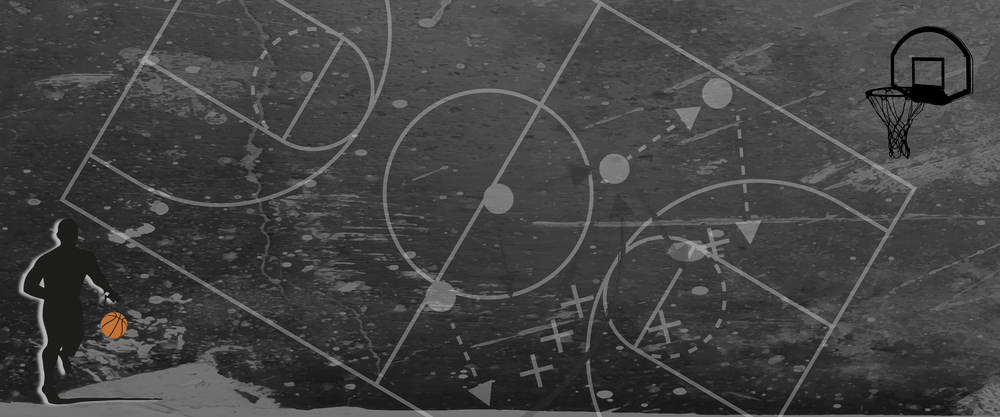
With the awards to show it, Elena Delle Donne has done a great deal on the basketball court. Delle Donne, a forward for the Washington Mystics of the Women’s National Basketball Association, finished third in the league in 2017 with an average of 19.7 points per game. In 2015, she was voted MVP of the club and, in 2013, she was crowned Rookie of the Year. Additionally, Delle Donne led Team USA to an Olympic gold medal at the 2016 Rio Games.
However, Delle Donne asserts that her ultimate goal is to make a far more significant difference off the court. For this reason, she established the Elena Delle Donne Charitable Foundation, which supports the special needs community while raising funds for research on Lyme disease—two causes that are particularly dear to her. Since 2008, Delle Donne has been battling Lyme illness, while her sister, Lizzie, has both autism and cerebral palsy.
The basketball player claimed, in 2016, that she needed to take about 50 pills per day to manage and treat her condition. “I have seen the lack of affordable treatments and the ability to diagnose conditions properly,” claimed Delle Donne. “My personal experiences have opened my eyes to the wide variety of challenges associated with Lyme, and I want to do whatever I can to help others who are suffering.”
Delle Donne has made it a point to discuss Lyme disease candidly in recent years. “I think speaking out about an illness takes some vulnerability, and I wasn’t always comfortable doing it,” explained Delle Donne. “I realized that speaking my truth and expressing my struggles has inspired others to continue to fight and realize they can still attain their dreams.”
In 2014, Delle Donne became the first National Ambassador of the Lyme Research Alliance due to her dedication to sharing her experiences and working to increase awareness. Delle Donne continues collaborating closely with the Global Lyme Alliance, which was formed in 2015 through the organization’s merger with the Tick-Borne Disease Alliance.
Lyme Disease by the Numbers
- Four primary bacterial species (Borrelia burgdorferi, Borrelia mayonii, Borrelia afzelii, and Borrelia garinii) are known to cause Lyme disease.
- The bacteria that causes Lyme disease is usually transmitted by an infected tick 36–48 hours after the tick attaches to a human.
- An estimated 329,000 Americans get Lyme disease each year.
- Up to 20% of Lyme disease patients still have symptoms even after receiving treatment.
- In 2016, reports of Lyme disease from 14 states accounted for 95% of all verified cases in the United States.
- In regions where Lyme disease is prevalent, 20% of individuals are unaware of their risk.
- The annual diagnosis rate is 1.5 times higher than the rate of breast cancer diagnoses.
Signs and Symptoms
Choose the body sites to discover the many indications and manifestations of Lyme disease.
Early Signs
These symptoms and indicators could appear three to thirty days following a tick bite.
Prevention Steps
When you’re in places with grass or trees, exercise caution. Make sure you conceal yourself and prioritize pathways above dense vegetation.
The Mayo Clinic advises wearing insect repellent with a 20% or higher concentration of DEET. The CDC lists other effective alternatives, including picaridin, IR3535, oil of lemon eucalyptus (OLE), para-menthane-diol (PMD), and 2-undecanone. For added protection, apply permethrin to your clothing.
After spending time outside, be sure to thoroughly inspect yourself for ticks. Remember that ticks can attach to clothing, so to remove any possible hangers-on, consider running your items through the dryer for ten minutes.
Remove any leaves and brush from your yard to decrease the number of hiding places for ticks.
Since dogs are prone to tick bites, thoroughly examine your pet. Remember to check between their toes, under their collar, as well as in and around their ears. Consider getting your pet a flea and tick collar for outdoor outings.
If a tick is discovered, use fine-tipped tweezers to remove the entire insect by carefully grabbing it close to the head or mouth and drawing upward while applying constant pressure. Take care not to crush, squeeze, or leave any pieces of the insect behind. After the tick has been extracted, treat the bitten area with antiseptic and dispose of the insect properly without crushing it.
How Can We Raise Awareness and Fund Lyme Disease Research?
Donate
Donations to Lyme disease awareness and research funding groups, such as the Elena Delle Donne Charitable Foundation, are accepted. Giving to the Global Lyme Alliance is another suggestion by Delle Donne: “They are at the cutting edge of new research to find a cure.” Delle Donne also advocates for funding treatment for children by contributing to the Lyme Disease Association’s LymeAid 4 Kids grant program.
Volunteer
To find out how you can assist, contact the Elena Delle Donne Charitable Foundation. Numerous other programs and organizations are also in constant need of willing volunteers. One can participate in the fight against Lyme disease in several ways, for instance, through the Global Lyme Alliance.
Educate
“Invest time in learning about diseases spread by ticks,” advised Delle Donne. You will be more equipped to defend yourself and assist others if you are more knowledgeable about Lyme disease and can share that knowledge with others.



